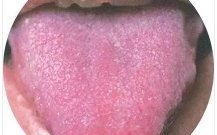Tongue diagnosis involves observing the color and shape changes of the tongue to understand the physiological functions and pathological changes of the body. In Traditional Chinese Medicine (TCM), if there are pathological changes in the internal organs, they can be directly reflected on the tongue. Generally, a normal tongue has two standards: one is the color of the tongue, which should be between pale red and light pink. The other is the thickness and shape of the tongue, which should be moderate. If the color, shape, and thickness of the tongue exceed the normal range, it may allow diseases to take advantage of the situation, making them hard to prevent. Next, I will teach you how to assess your health status from the TCM perspective based on tongue signs.
Zi Tai (Purple Coating)
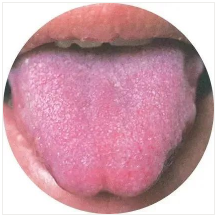
The purple color of the tongue indicates poor blood circulation, resulting in excessive heat accumulation in the body.
Hong Jiang Tai (Red Coating)
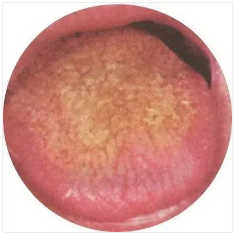
A red tongue with a dry body and prickly or cracked surface indicates intense internal heat. A red tongue without coating and a very smooth surface reflects the exhaustion of stomach and kidney yin.
Huang Tai (Yellow Coating)
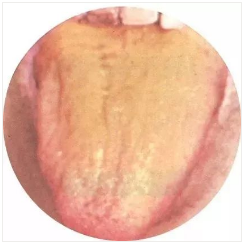
Yellow coating generally represents internal heat. If the tongue coating is yellow and greasy, it indicates damp-heat in the body, external heat invasion, or intense stomach heat.
Bai Tai (White Coating)
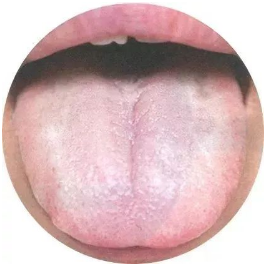
White coating generally indicates internal cold-dampness, often associated with the spleen and stomach. Cold-dampness in the spleen and stomach will manifest on the tongue.
Cracked Tongue
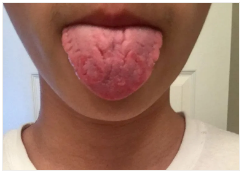
Obvious cracks in the middle of the tongue, even forming various forked patterns, indicate poor spleen and stomach function, insufficient spleen qi, and inability to lift the tongue coating, leading to noticeable cracks.
Teeth-marked Tongue
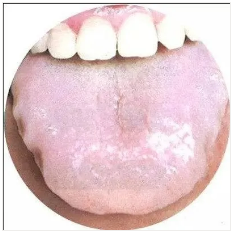
Individuals with a teeth-marked tongue often have weak spleen and stomach, tend to speak little, have cold hands and feet, and feel fatigued. It is advisable to avoid eating raw and cold vegetables and drinking cold beverages, as they can damage spleen yang and exacerbate dampness.
Note: Some text and image resources in this article are sourced from the internet. The purpose of reproducing this article is to convey more information. If there are any errors in source attribution or infringement of your legal rights, please notify us immediately, and we will delete it promptly and apologize to you.
More Exciting:
1. The Most Popular Treatment for Urticaria: Easily Stop Itching and Root It Out in a Week
2. The Nemesis of Eczema: An Old TCM Doctor and a Wild Herb That Cures Many
3. A Kitchen Ingredient That Drives Away Years of Eczema! Truly Practical and Cost-Effective
Tap to see more!

